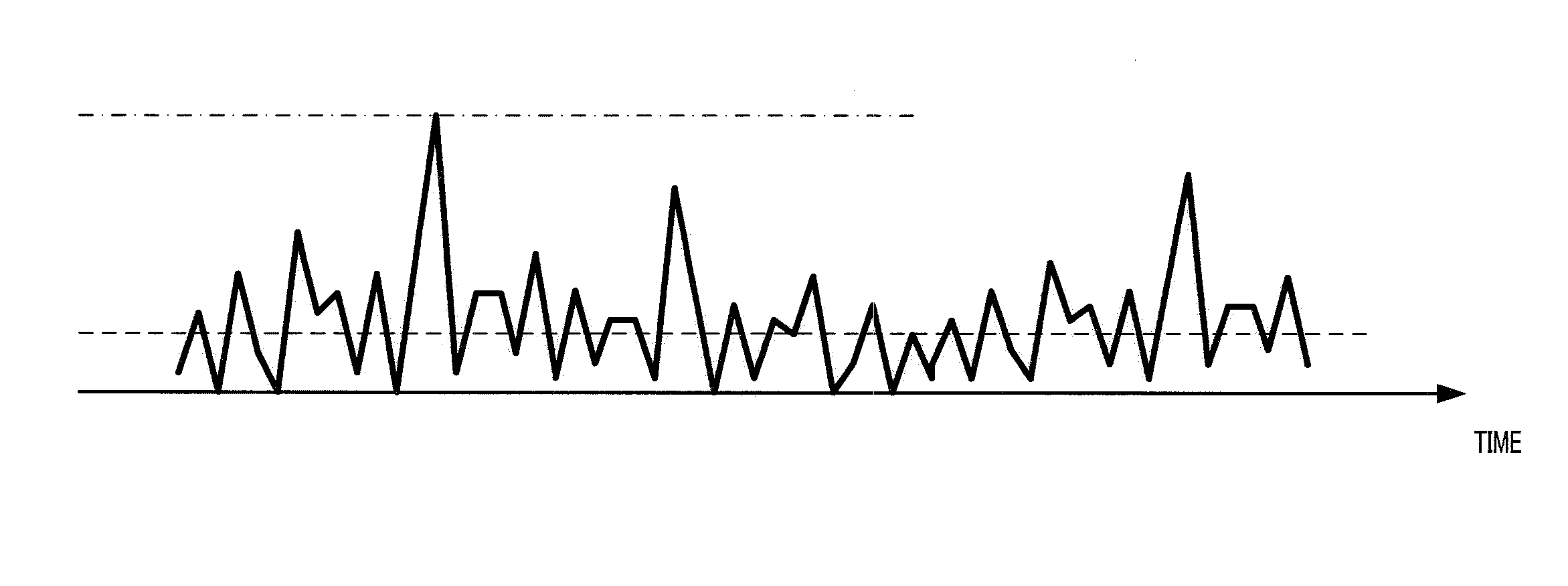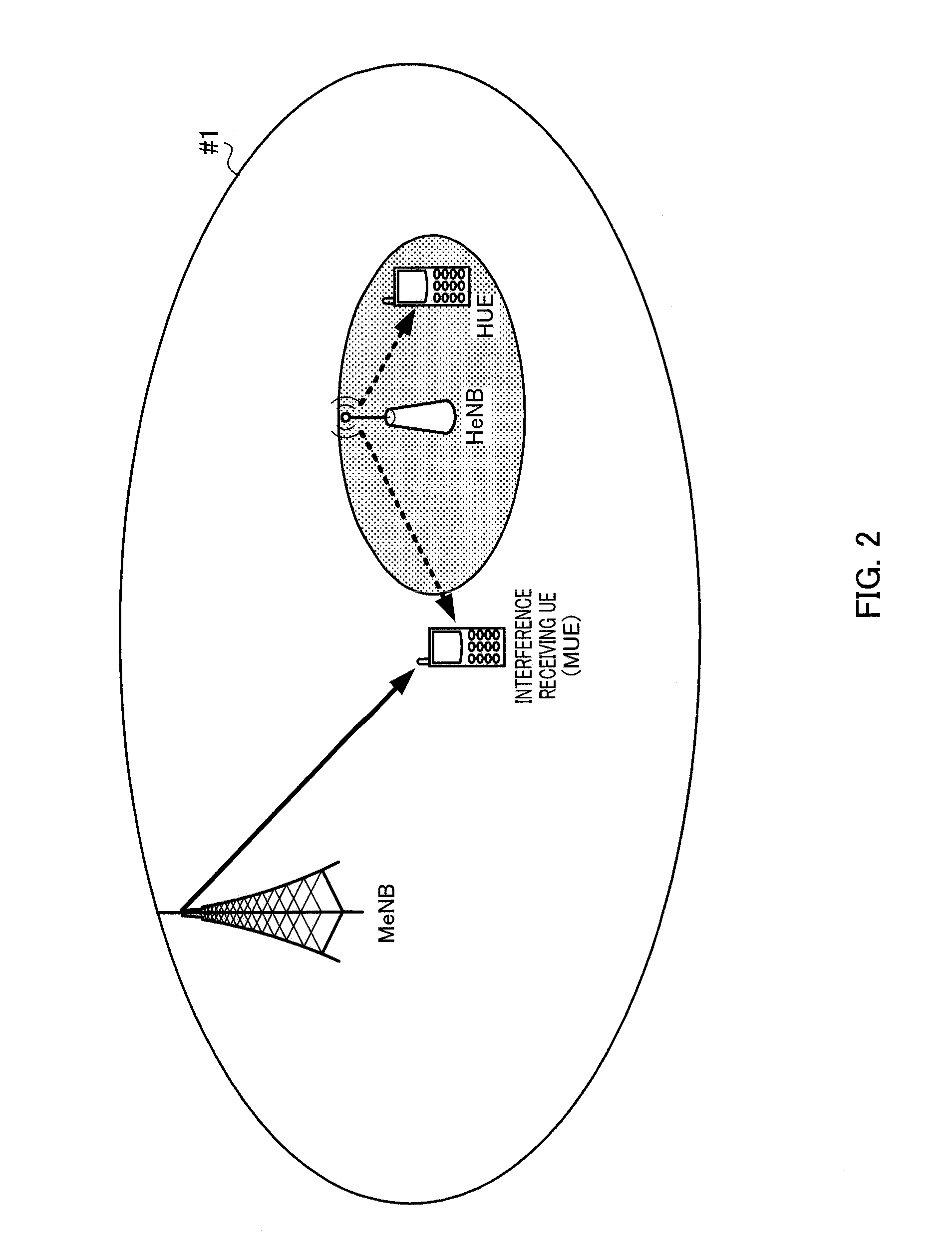Small cell base station and victim terminal device detection method
a technology of victim terminal and base station, which is applied in the direction of error detection/prevention using signal quality detector, wireless communication, wireless commuication services, etc., can solve the problems of reducing the throughput of the whole system, henb has no backhaul coordination function, etc., to improve the reception performance of interference receiving ue, reduce the frequency of a process, and reduce power consumption
- Summary
- Abstract
- Description
- Claims
- Application Information
AI Technical Summary
Benefits of technology
Problems solved by technology
Method used
Image
Examples
embodiment
Configuration of Small Cell Base Station
[0038]FIG. 7 is a block diagram illustrating a configuration of small cell base station 100 according to an embodiment of the present invention.
[0039]Antenna 101 outputs received high frequency signals to circulator 102. Antenna 101 transmits high frequency signals inputted from circulator 102.
[0040]Circulator 102 switches the output to uplink radio receiving section 103 and downlink radio receiving section 106 of high frequency signals inputted from antenna 101, and the output to antenna 101 of high frequency signals inputted from downlink radio transmitting section 110. Here, uplink radio receiving section 103 includes the expression “uplink” since receiving signals from a UE, and downlink radio receiving section 106 includes the expression “downlink” since receiving signals from an MeNB. Downlink radio transmitting section 110 includes the expression “downlink” since transmitting signals to a UE.
[0041]Uplink radio receiving section 103 ext...
PUM
 Login to View More
Login to View More Abstract
Description
Claims
Application Information
 Login to View More
Login to View More - R&D
- Intellectual Property
- Life Sciences
- Materials
- Tech Scout
- Unparalleled Data Quality
- Higher Quality Content
- 60% Fewer Hallucinations
Browse by: Latest US Patents, China's latest patents, Technical Efficacy Thesaurus, Application Domain, Technology Topic, Popular Technical Reports.
© 2025 PatSnap. All rights reserved.Legal|Privacy policy|Modern Slavery Act Transparency Statement|Sitemap|About US| Contact US: help@patsnap.com



